Last Updated
Los Cabos reportedly has seen an increase in the prices of basic products. The prices of all sorts of products have increased as much as 30% in some cases. Price tags on virtually any goods that can be acquired in Los Cabos are going to be much higher than what they’ll go for in any other Mexican cities. This makes the Cabo region virtually the most expensive travel destination that Mexico has to offer. There are clear reasons though why this is the case, and local businessmen and women are trying to fix the problem. Claiming that as things stand the level of inflation in the region is not sustainable. Currently though, there aren’t exactly plenty of realistic solutions that have been proposed to remedy the problem.

Why Products In Los Cabos Are More Expensive Than In Other Parts of Mexico
The reason why the Los Cabos region has such high prices on essential goods is actually rather simple. Since the peninsula is disconnected from the Mexican mainland, getting essential products to the region is expensive. Most products either have to be delivered by boat, or via airplane. Any trip that a regular truck has to make to Los Cabos means going virtually all the way up to the tip of the peninsula to the US border in Tijuana, and back down to Los Cabos.
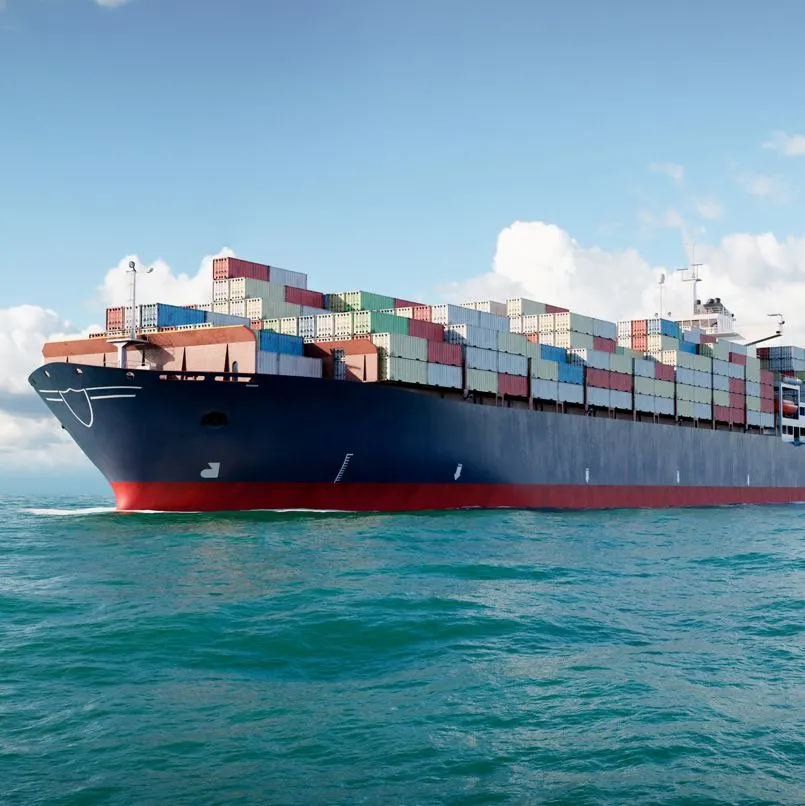
Sourcing goods directly from the US could be just as expensive due to the fact that the products are priced in American dollars. Local businessmen argue that the rise of the minimum wage, although necessary, has hampered the ability of businesses to remain profitable. Particularly, as gas prices continue on the rise, and make getting goods to Los Cabos much more expensive.
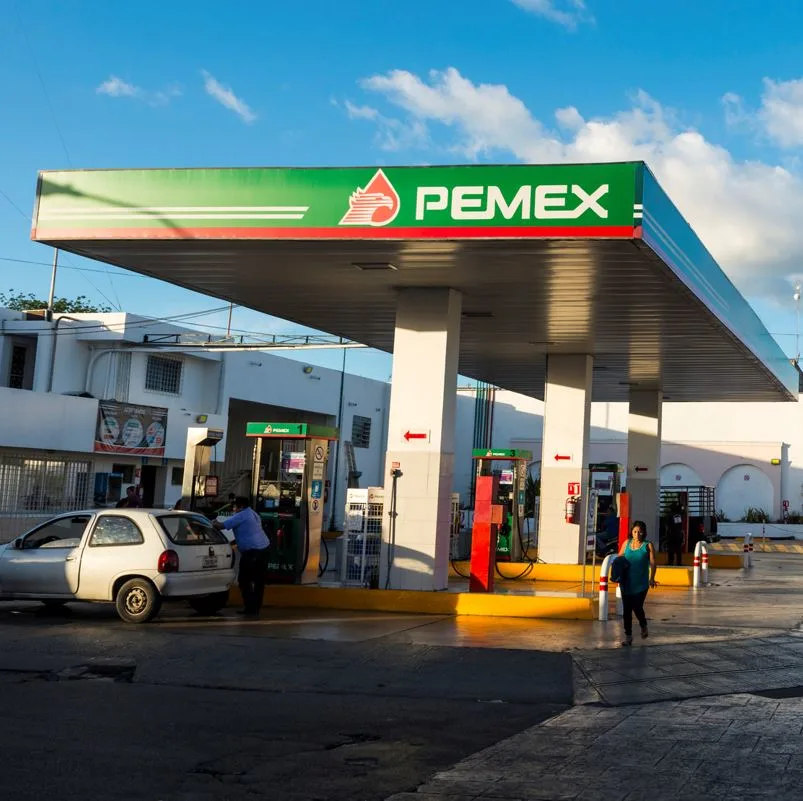
The Solution May Be To Reactive Local Agricultural Activities
One of the practical solutions that could serve to remedy the situation is to invest heavily in the local agricultural industry. By most accounts the local agricultural industry has been pushed to the side in the last few years, in favor of the tourism industry. However, these pandemic riddled years really took a toll on the income of lower earning workers in the region. Local businessman Armando Aparicio Gallardo told local reporters,
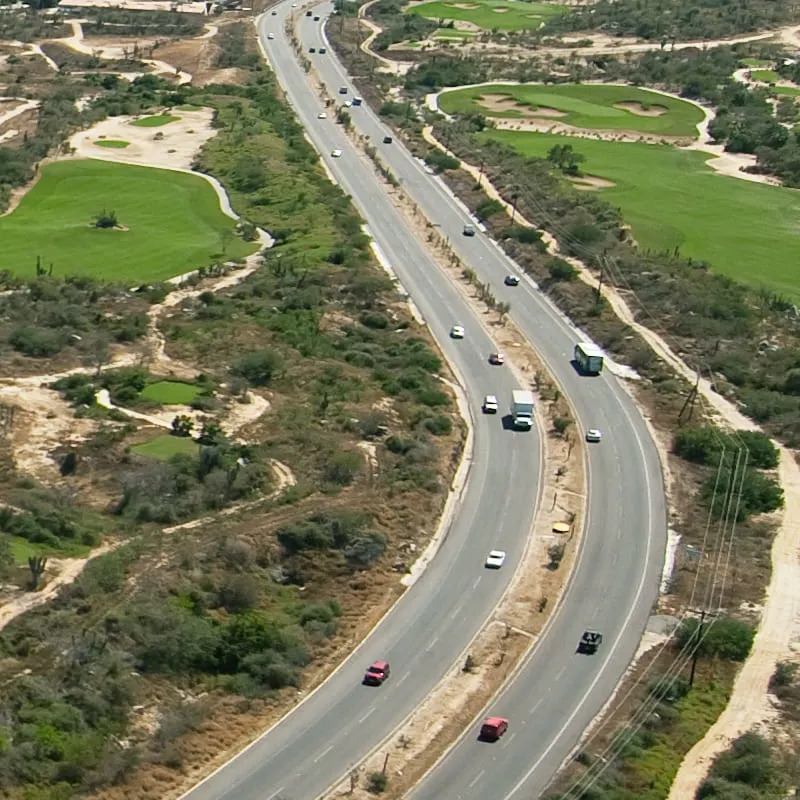
“We have to source materials from the interior (of Mexico). With the rise in gas prices, and the abandonment of the agricultural sector everything became more expensive. Therefore, increments to the minimum wage didn’t make much of a difference as today vital goods are still not at affordable prices for people”.
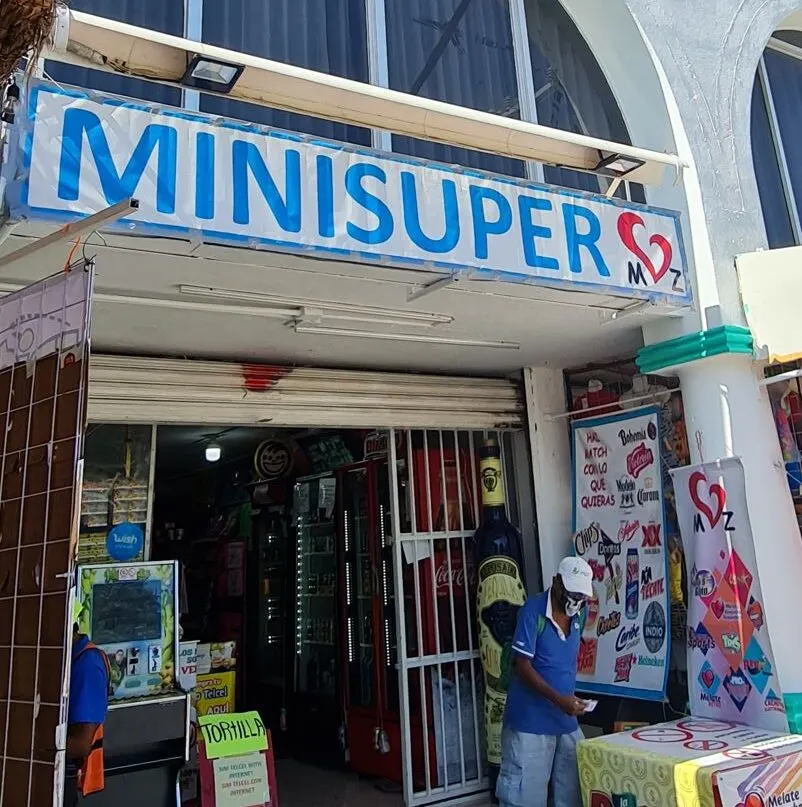
A Warning For Tourists: Prices Are Set To Continue To Rise
In the eyes of local businessmen there’s no real plan in place to be able to slow the current inflation rates. Naturally, this leads them to believe that prices on all sorts of goods are going to continue to climb. This can have a direct impact on the population, increasing the levels of poverty in the region. Aparicio Gallardo, though, also sent a warning to tourists who plan to travel to the region.
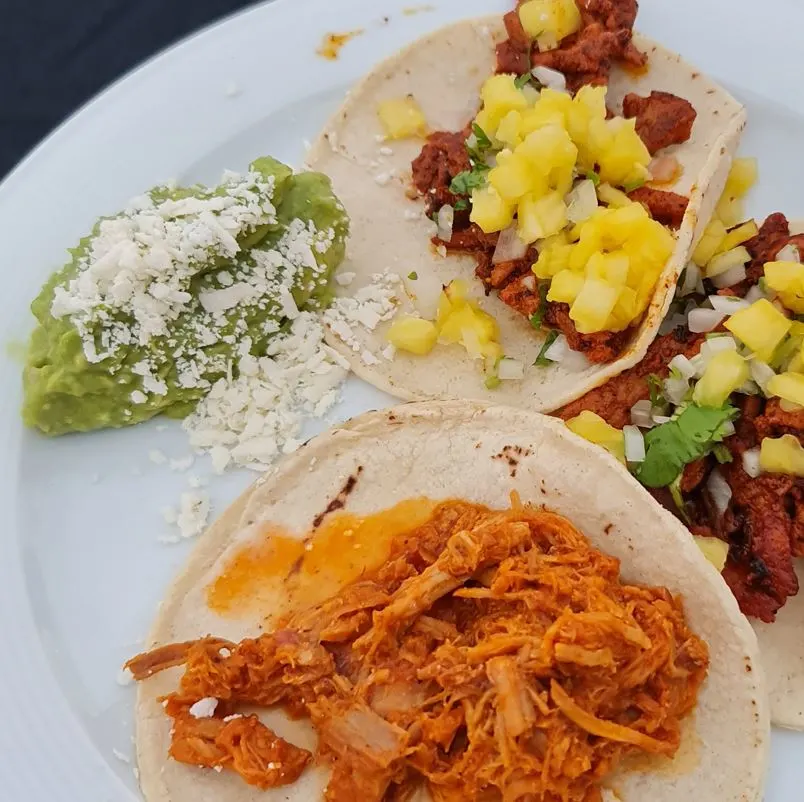
His argument is pretty clear, he states that something that you can find being sold at 10 pesos in another part of Mexico will be on sale at, at least 15 pesos in Los Cabos. The sourcing issue is the main reason why goods are more expensive in this part of the country. Aparicio Gallardo continued saying,
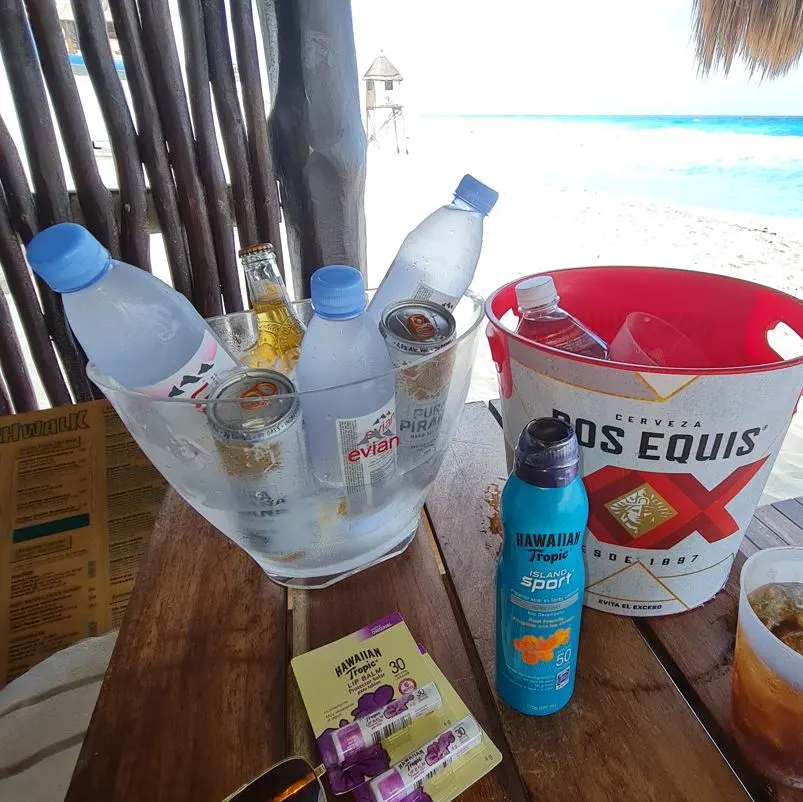
“We are consuming more expensive goods, and inflation doesn’t seem to yield in Los Cabos. In fact, there are good reasons as to why prices are high. Some prices though are completely disproportionate. This has made living conditions in Los Cabos unbearable as far as where you live, and how much it actually costs to live in a particular space.”
The high prices force Los Cabos to rely on international tourists that can afford the high asking prices in the region. Over the last few years of the total number of tourists that visited the region only about 25% were Mexican residents.
